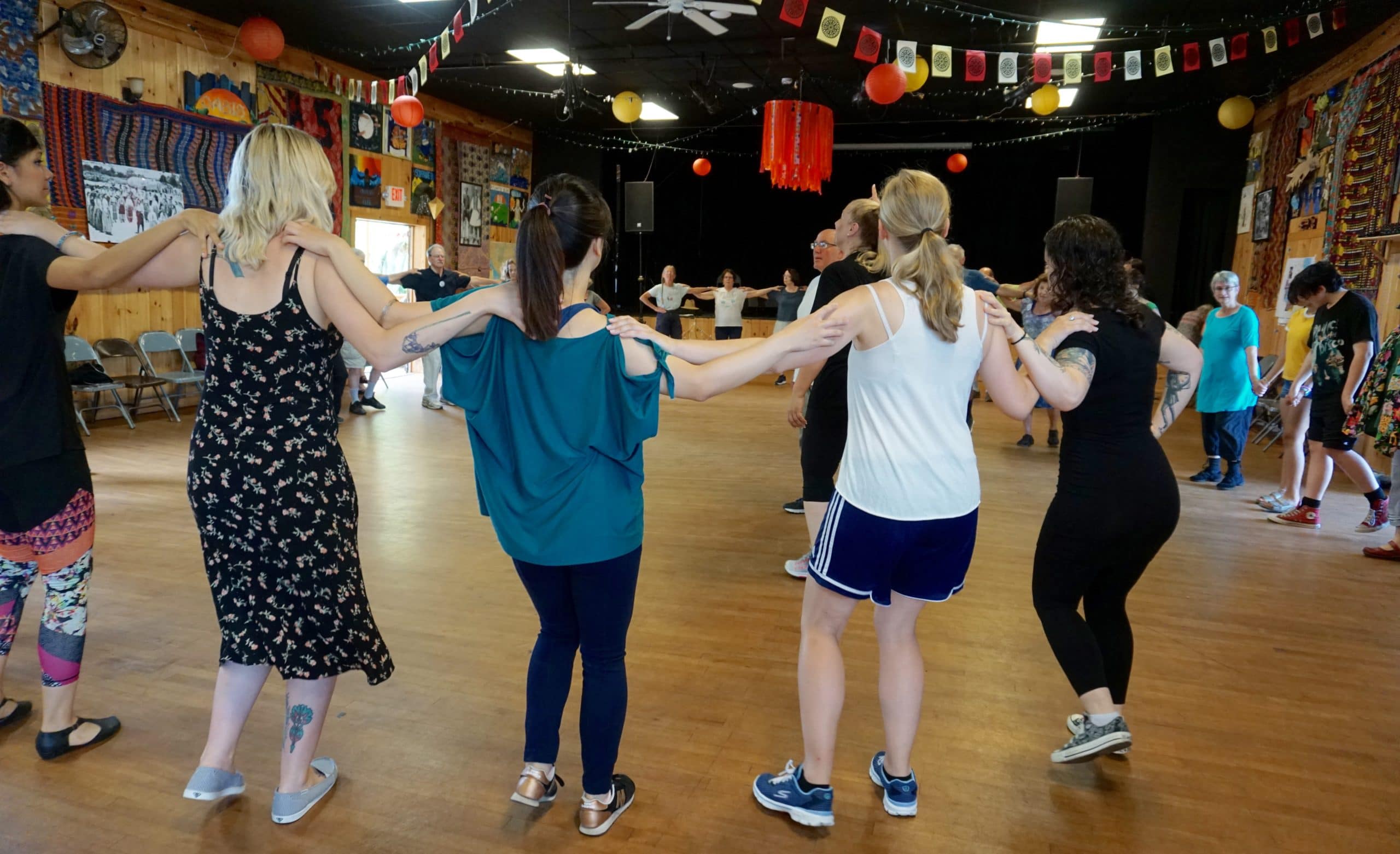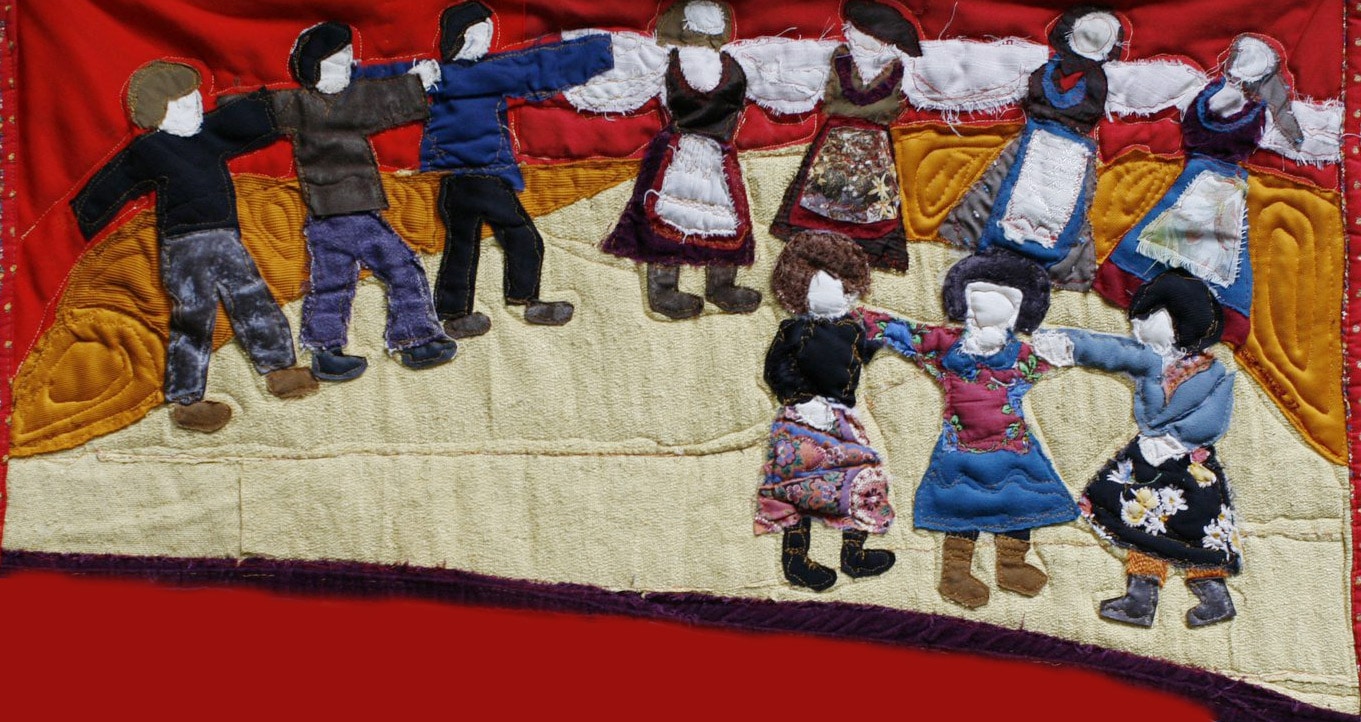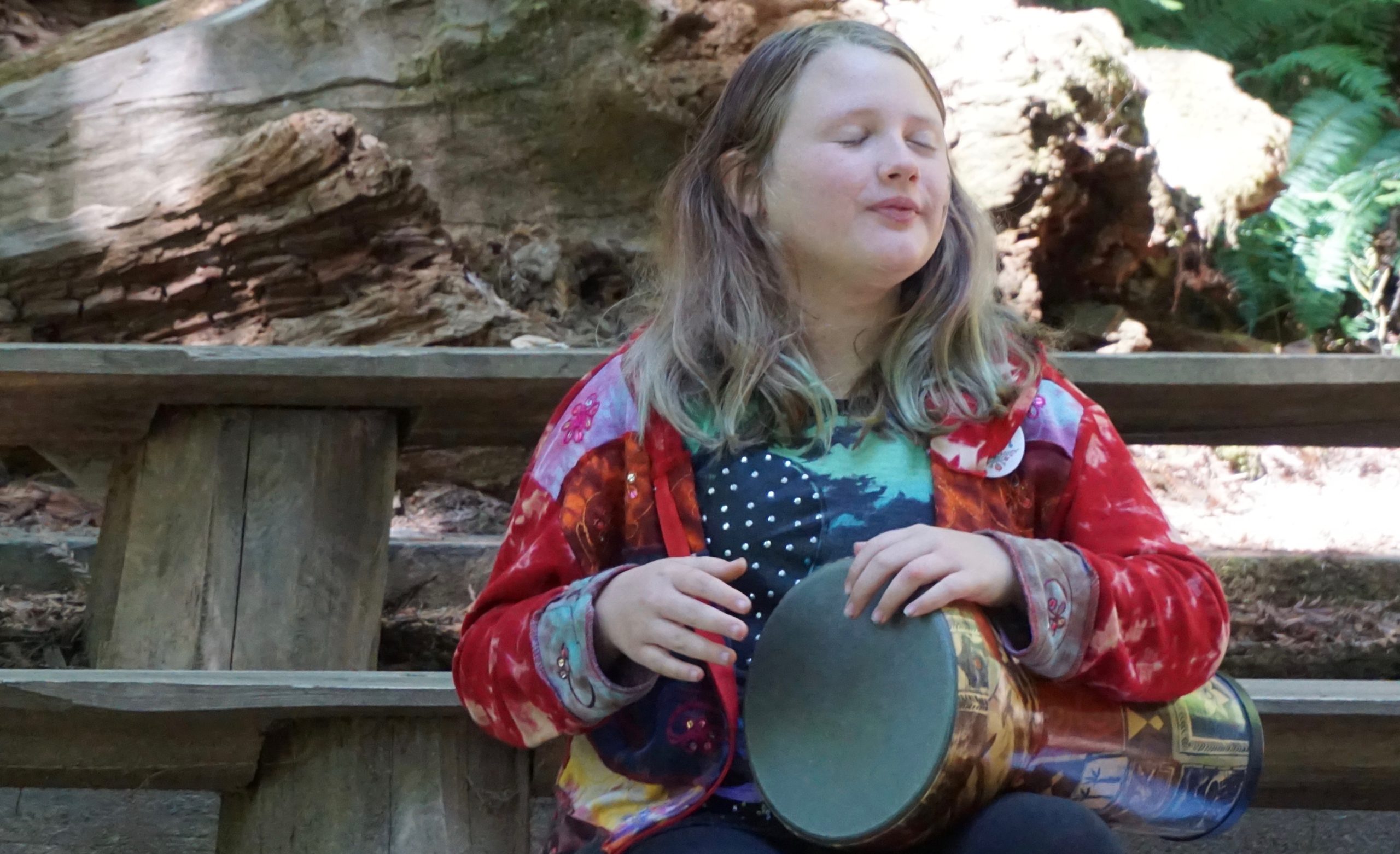Instruments
Instruments used in Balkan folk music
We are offering here basic descriptions and video examples of the instruments that are taught and played at the Balkan Music & Dance Workshops. As you browse these pages, be aware that there many different names for any given instrument depending upon language and region.
What you see is just a first effort. We will be updating this information to create a dictionary of as many instruments that we can account for that are used in Balkan music. Help from our community is needed with this huge undertaking.
Write to us with any information and corrections, or suggestions for images, music and video clips. All help is welcome!
Balkan Instruments
Accordion
The accordion is used in the folk music of Eastern Europe and the Balkans. It is used both as a lead instrument, as well as an accompanying instrument.
Add: video samples & pictures
Brass Band
Many different instruments are played in the brass bands of the Balkans. The most common are trumpets, trubas (rotary-valve flugelhorns), baritone horns, tubas, saxophones, trombones, clarinets, tupans and bass drums, snare drums and accordions. Different regions favor different combinations and numbers of instruments.
Add: video samples & pictures
Clarinet
The clarinet is used widely in the music of the Balkans. It is worth noting that you can find a greater use of Albert-sytem clarinets as opposed to the Boehm system more favored in the West. Also, you may come across the use of instruments in less popular keys, such as in the key of C, which is used often in older Greek styles, as well as the lower G clarinet favored by many Turkish and Turkish-influenced players.
Doumbek
The doumbek is a goblet-shaped hand drum used mostly in music originating in countries near the Middle East. Its thin, responsive drum head and resonance help it produce a distinctively crisp sound. Traditionally, goblet drums may be made of clay, metal or wood. Modern drums are also sometimes made of synthetic materials, including fiberglass. Modern metal drums are commonly made of aluminum or copper. Traditional drum heads were animal skin, commonly goat and also fish. Modern drums commonly use synthetic materials, including mylar and fiberglass.
Frame Drum
Gajda, Gayda, Gaida, Gajde. The bagpipe as played in the Balkans has a single chanter and a single drone pipe, along with the mouthpiece, which are all connected to the bag.
A second type of bagpipe has a double chanter, that is, two chanters side by side, and no drone. This type of bagpipe is known as tsambouna, sabouna or askomandoura in the Greek islands, and tulum or tulumi in the Black Sea region.
An important variant of the instrument, played in the Rhodope Mountains of Bulgaria, is called the kaba gajda. It has the same construction of the more prevalent Thracian-style gajda (often called džura gajda) except it is much larger and has a deeper voice.
Gudulka, Gadulka, Гъдулка
The gudulka (Bulgarian: Гъдулка) is a traditional Bulgarian bowed string instrument. The gudulka is an integral part of Bulgarian traditional instrumental ensembles, commonly played in the context of dance music.
The gudulka commonly has three (occasionally four) main strings with up to ten sympathetic resonating strings underneath, although there is a smaller variant of the instrument in the Dobrudža region with no sympathetic strings at all. Only the main melodic strings are touched by the player’s fingers and the strings are never pressed all the way down to touch the neck. The gudulka is held vertically, with the bow held perpendicular in an underhand hold.
Kaval
The kaval is a long end-blown flute that is played throughout the Balkans.
It is often made from a single piece of wood, although many modern kavals are made as a three-piece instrument.
In Southwest Bulgaria, Macedonia and Kosova, this instrument is often played in pairs, with one instrument playing the melody and the other instrument on the drone.
Other, shorter end-blown flutes are also played. One of the common versions of this shorter instrument is the Greek flogera. The fingering for the smaller instruments is different than for the larger instruments.
Santouri, Sandouri, Cimbalom
The santouri is a stringed instrument in the hammered dulcimer family. Each course of strings consists of between 3 and 5 strings. The strings are struck by special padded mallets held between the fingers.
Possibly derived from the ancient lyra or the Byzantine psaltry, different variations of this instrument exist in many places. In Persia and India they are called santur and santoor.
In Hungary, Romania and other areas there is a more elaborate version called the cimbalom. It is also used extensively in klezmer music, where it is known as a tsimbl.
Saz, Bağlama
The term “saz” actually refers to a family of plucked long-necked lutes. The bağlama is the most common of these, and is often called by the generic name. The terms “bağlama” and “saz” are used somewhat interchangeably in Turkey. It can be played with a plectrum or with a fingerpicking style known as şelpe.
The most commonly used stringed folk instrument in Turkey, the bağlama has seven strings divided into courses of two, two and three. It can be tuned in various ways and takes different names according to region and size: bağlama, divan sazı, bozuk, çöğür, kopuz irızva, cura, tambura, etc. The cura is the smallest member of the bağlama family: larger than the cura is the tambura, tuned an octave lower. The divan sazı, the largest instrument in the family, is tuned one octave lower still.
Tambura
The tambura is a long-neck fretted instrument of the lute family, played throughout the Balkans. Related to the saz, it can have any number of strings, with two, three, or four courses of strings being the most common.
Macedonian tamburas tend to have two courses of double strings and Bulgarian tamburas usually have three double courses of strings.
Tupan, , Tapan, Davul, Daouli
The two-headed drum is one of the oldest, most characteristic Balkan instruments. It has many names—from tupan (Bulgarian) or tapan (Macedonian, Kosova Albanian), to the Turkish davul or daul and the related words in Greek (daouli) and Albanian (daulle), to the south Serbian goč. Even more varied are the drum’s many playing styles, from the highly punctuated and textured phrases sharing the musical foreground in the traditional zurla/zourna ensemble to the continuous vamp providing rapid-fire drive behind today’s brass and fusion ensembles.
3 drums
Like drums around the world, the tapan creates a contrast of high and low tones. Traditionally, strings stretch skins over each end of a shallow broad cylinder made of hardwood (often walnut). Heads, usually made of goat skins, are specially cured to allow for stretching and shaving to different thicknesses to provide different tones: the bass head is thicker and played with a beater; the lighter and thinner head is hit with a switch to produce a treble tone. In general, the beater plays the main beats of the dance rhythm, while the switch plays fills, syncopations, and accent beats.
Nowadays, outside of folklore ensembles, most working tapan/daouli players use plastic-headed drums with mechanical mounts. Why? Reliability, weather resistance, ease of repair, and sufficient tension to allow the extremely fast and precise playing called for in current styles.
Along these lines, a friend in Florina, Greece, tells of a high place on the road to Kastoria known as Daouli. In earlier centuries the road was too narrow to allow traffic both directions in snowy weather. A drummer stationed at each end would beat his drum to warn oncoming traffic that a caravan had passed through.
But mostly, whether playing with gajda, zurla/zurna, lyra, accordion and clarinet, or brass, tapan/daouli provides another kind of public utility: the beat that moves Balkan feet.
—Jerry Kisslinger, 2011
Violin
The violin played in the Balkans is the same violin as used in Western classical music. The styling, manner in which it is held, and sometimes the tuning, varies throughout the different regions of the Balkans.






